Disclosure: This article contains affiliate links. We may earn a commission from purchases at no extra cost to you, which helps our travel content.
Shanghai hit me like a beautiful contradiction the moment I stepped off the plane—a city where ancient temples stand in the shadows of futuristic skyscrapers, where traditional street food vendors operate mere blocks from Michelin-starred restaurants. After spending a week navigating this urban labyrinth during Shanghai's golden autumn season, I've compiled my most exhilarating finds for fellow adventurous souls. This isn't your standard tourist itinerary; it's for those who crave the pulse of a megacity while discovering its most authentic corners. Having explored urban landscapes across four continents, I can confidently say Shanghai offers a unique brand of adventure that blends the thrill of discovery with moments of unexpected tranquility. Pack your comfortable shoes and an open mind—we're about to dive deep into the architectural marvel, hidden haunts, and cultural treasures that make Shanghai an urban explorer's paradise.
Navigating Shanghai's Architectural Time Machine
Shanghai's skyline tells a story of ambitious reinvention unlike anywhere else I've witnessed. The city unfolds like a living architectural textbook, from the colonial-era buildings along the Bund to the sci-fi silhouette of Pudong across the river.
Start your exploration at dawn on the Bund when the early morning light bathes the Art Deco facades in golden hues. This is when I captured some of my most striking photographs, with the contrast between historic European-influenced buildings and the futuristic Pudong skyline creating a visual tension that perfectly encapsulates Shanghai's identity.
For the true architectural adventurer, venture beyond these famous vistas. I spent a fascinating afternoon exploring the former French Concession's longtangs (lane houses)—these narrow residential alleyways offer glimpses into Shanghai's pre-revolutionary past. The Tianzifang area has been beautifully preserved, though I prefer the more authentic feel of the less touristed lanes near Xiangyang Road.
The real architectural thrill comes from accessing Shanghai's hidden rooftops. Through connections with local photographers (easily made via Instagram or architecture forums), I gained access to several buildings with spectacular vantage points. The most memorable was an unassuming apartment building near People's Square that offered a 360-degree view of the city—the perfect spot to witness sunset with my travel binoculars which proved invaluable for spotting architectural details across the cityscape.
For those interested in contemporary Chinese design, don't miss the West Bund Museum District. The Long Museum, designed by Atelier Deshaus, is a masterpiece of concrete brutalism softened by thoughtful spatial design—I spent hours photographing the interplay of light through its dramatic central atrium.
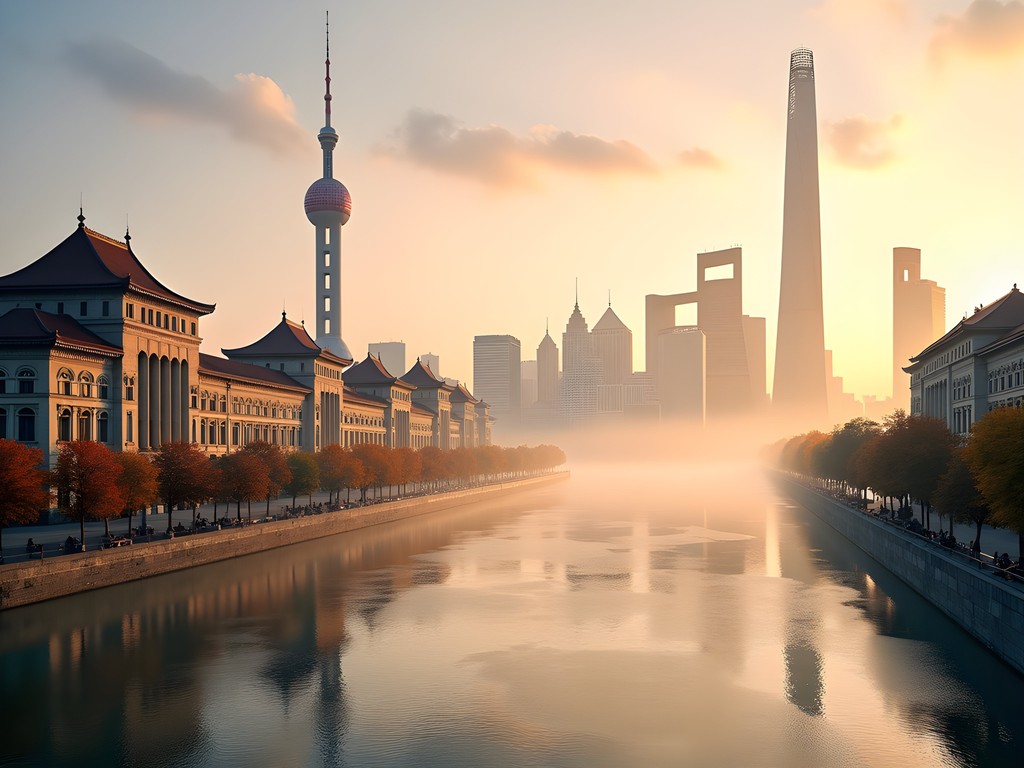
💡 Pro Tips
- Visit the Bund before 7 AM to avoid crowds and capture the best morning light
- Join the Shanghai Art Deco architectural walking tour for access to normally closed buildings
- Use the SmartShanghai app to find pop-up architectural exhibitions that aren't in guidebooks
Underground Art Scenes and Creative Enclaves
Shanghai's art world operates on multiple levels—from state-sanctioned galleries to rebellious underground collectives that push boundaries in fascinating ways. As someone who's tracked emerging art scenes across several continents, I found Shanghai's creative energy particularly infectious.
M50 Creative Park is often the first stop for art enthusiasts, but the real adventure begins when you venture beyond this well-established hub. Through a local contact (a barista at a specialty coffee shop who moonlighted as an installation artist), I gained access to a series of appointment-only studios hidden in a former textile factory in Jing'an District. Here, young Chinese artists create work that subtly challenges social norms while developing distinctly contemporary Chinese aesthetics.
The underground electronic music scene provides another window into Shanghai's creative pulse. TX Juggling Club near Xintiandi looks like an ordinary cocktail bar but transforms into an experimental music venue after midnight. I witnessed an incredible fusion performance combining traditional Chinese instruments with electronic beats—an experience that perfectly encapsulated Shanghai's blend of tradition and innovation.
For photography enthusiasts like myself, Shanghai offers endless visual feasts. I never travel without my compact camera which proved perfect for capturing street scenes without drawing attention. The camera's low-light capabilities were especially valuable in Shanghai's atmospheric alleyways and neon-lit streets.
Perhaps my most memorable art experience was discovering a secret gallery in a residential apartment building near Tianzifang. The unmarked space featured works by female Chinese artists addressing gender and identity—themes that resonated deeply with conversations I'd had with local women entrepreneurs. The gallery operates through WeChat groups and changes location monthly to avoid unwanted official attention.

💡 Pro Tips
- Follow WeChat accounts like 'SH Art Matters' for underground exhibition announcements
- Visit Fumin Road galleries on Tuesday evenings when new exhibitions often open with small gatherings
- Strike up conversations with staff at independent bookstores for tips on unadvertised art events
Culinary Adventures Beyond the Guidebooks
Shanghai's food scene operates as a microcosm of China itself—diverse, complex, and occasionally challenging for Western palates. But the culinary adventures awaiting those willing to explore beyond tourist recommendations are absolutely worth the effort.
My approach to food exploration in any city is to start at the markets, and Shanghai offers some of Asia's most fascinating. Waking at 4:30 AM to visit the Shanghai Wet Market near Zhongshan Park provided a glimpse into the city's culinary foundation. Elderly Shanghainese haggled over the freshest produce while restaurant chefs selected seafood still wriggling with life. This is where I met Mrs. Zhang, a former restaurant chef who now leads underground food tours. For a modest fee, she took me to family-run establishments that have perfected single dishes across generations.
The highlight was a tiny shop specializing in sheng jian bao (pan-fried soup dumplings) near Tianshan Road—the owner uses a recipe unchanged since 1948, creating perfect parcels with crispy bottoms and soup-filled interiors that require specific eating techniques to avoid scalding yourself. I quickly learned to nibble a small hole and suck out the broth before consuming the rest.
For solo travelers concerned about language barriers, I relied heavily on my language translation device which allowed for seamless communication with vendors and chefs eager to explain their specialties. This small investment transformed my culinary experiences, enabling conversations that would have been impossible otherwise.
Don't overlook Shanghai's vibrant night markets. The one near Qibao Old Street offers local specialties like chou doufu (stinky tofu) and yang rou chuan (lamb skewers). Yes, the stinky tofu lives up to its name in aroma but surprises with a delicate flavor that's worth braving the initial olfactory shock.
For a truly unique experience, seek out private dining clubs operating in residential apartments. These appointment-only venues feature chefs creating regional Chinese cuisines rarely found in commercial restaurants. Through connections made at a local cooking class, I enjoyed an unforgettable 10-course Yunnan feast in someone's living room, complete with wild mushrooms foraged from China's southwestern mountains.
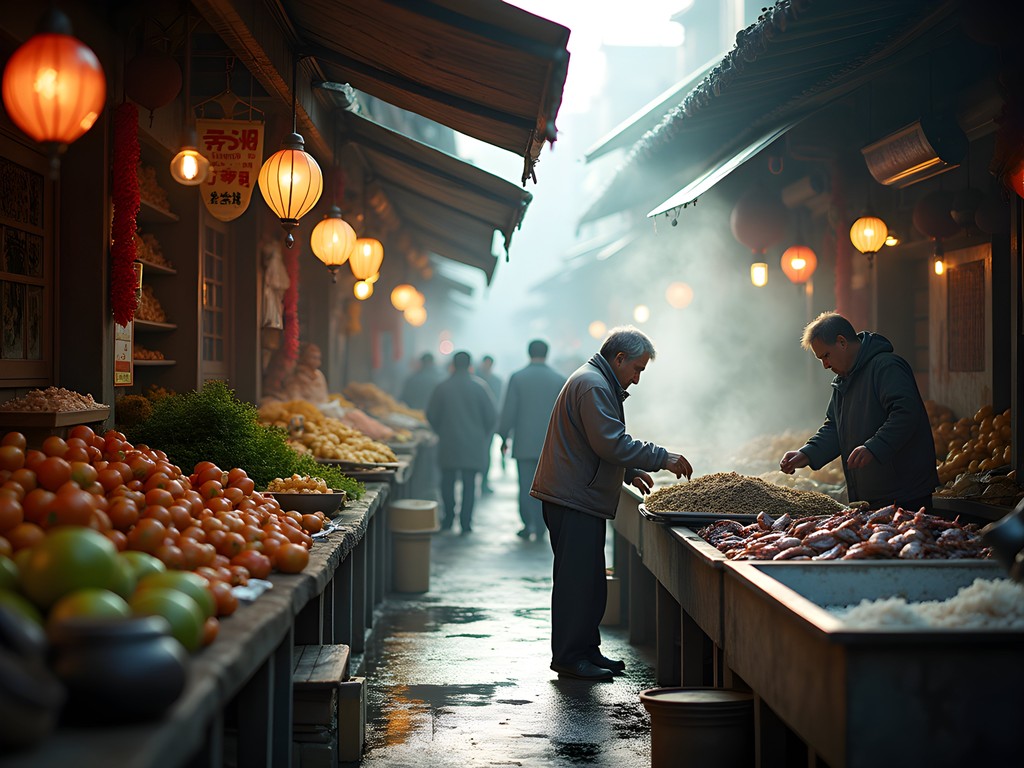
💡 Pro Tips
- Visit wet markets between 5-7 AM when restaurant chefs are selecting the best produce
- Look for restaurants with handwritten menus (often indicating family recipes) rather than glossy photos
- Join a local cooking class early in your trip to gain insights that will enhance your dining experiences throughout your stay
Urban Exploration: Shanghai After Dark
Shanghai transforms after sunset, revealing facets of its character impossible to witness in daylight. As someone who's explored cities worldwide after dark, I can attest that Shanghai offers some of the most fascinating nocturnal adventures for the intrepid traveler.
Begin your night exploration at Yu Garden, but not inside the tourist attraction itself. Instead, wander the surrounding streets as lanterns illuminate the Ming-dynasty architecture. Street food vendors appear around 8 PM, creating an atmospheric backdrop for photography. This area perfectly demonstrates Shanghai's layers—ancient architecture illuminated by modern lighting techniques, creating surreal scenes straight from a Wong Kar-wai film.
For a completely different perspective, the nighttime view from the Lujiazui pedestrian bridge offers spectacular photographic opportunities of the illuminated Pudong skyline. I spent two hours here with my travel tripod capturing long exposures of the futuristic architecture against the night sky. The tripod's compact size made it easy to carry throughout my day explorations before deploying it for these crucial night shots.
Shanghai's rooftop bar scene provides another avenue for urban exploration. While tourist guides direct visitors to the expensive establishments on the Bund, I discovered more authentic experiences in unexpected locations. A personal favorite was a speakeasy-style bar accessed through a fake Coca-Cola machine in a nondescript apartment building near Jing'an Temple. The unmarked venue offered craft cocktails incorporating traditional Chinese ingredients alongside panoramic city views from its 27th-floor location.
Perhaps the most thrilling after-dark adventure came through connecting with Shanghai's urban exploration community via social media. With proper respect for safety and legality, I joined local photographers accessing abandoned spaces that tell the story of Shanghai's rapid development. The most memorable was a former textile factory in Yangpu District, where nature has begun reclaiming industrial architecture—massive looms standing silent under moonlight streaming through broken windows created an eerily beautiful tableau of China's transition from manufacturing powerhouse to service economy.
For female solo travelers concerned about safety, I found Shanghai remarkably secure for night exploration. Common-sense precautions apply, but the city's comprehensive surveillance system and general respect for personal boundaries create an environment where urban exploration feels surprisingly comfortable, even in the small hours.
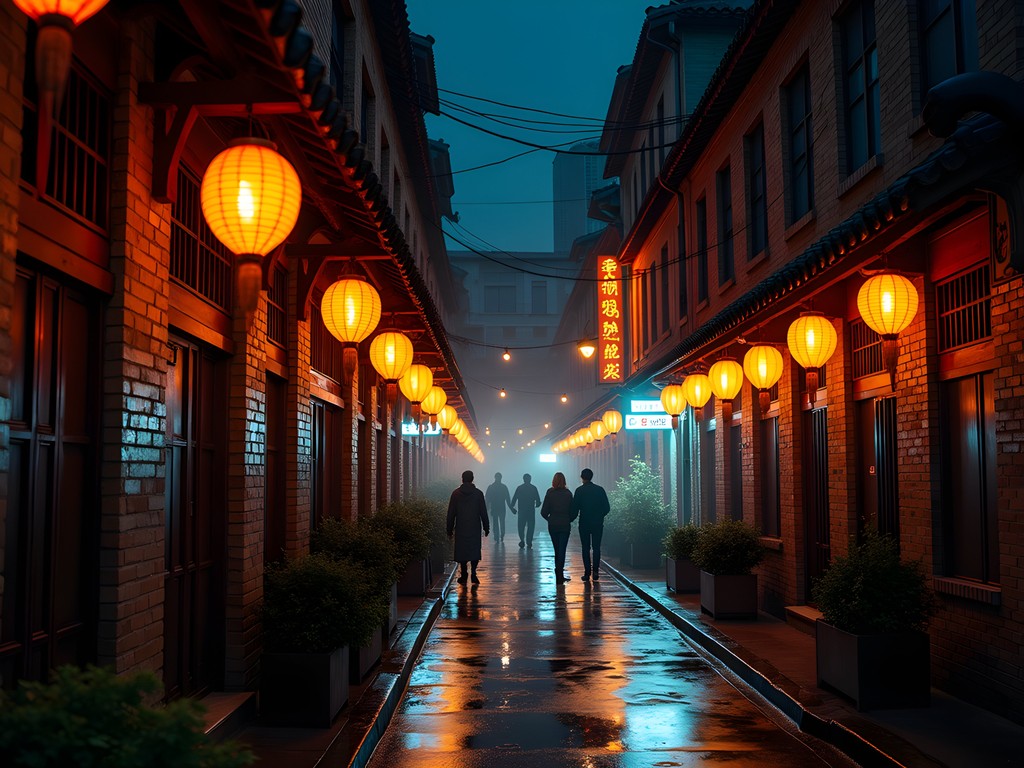
💡 Pro Tips
- Use DiDi (China's ride-sharing app) for safe late-night transportation rather than attempting to hail taxis
- Carry a backup phone battery as navigation apps drain power quickly in Shanghai's urban canyons
- Join photography WeChat groups to connect with local urban explorers who can provide access to hidden viewpoints
Architectural Treasure Hunt: Art Deco Shanghai
My architectural background inevitably draws me to cities with rich design heritage, and Shanghai's Art Deco legacy ranks among the world's finest yet remains surprisingly under-celebrated. The city actually houses the largest collection of Art Deco buildings in Asia—a fascinating testament to Shanghai's cosmopolitan history during the 1920s and 30s.
While the Peace Hotel on the Bund represents the most famous example, I created a self-guided architectural treasure hunt to discover lesser-known gems scattered throughout the former International Settlement and French Concession. The Paramount Ballroom on Yuyuan Road stands as perhaps my favorite discovery—this former dancehall where Shanghai's elite socialized before the revolution features a stunning spiral staircase and original lighting fixtures that transport visitors directly to the city's glamorous past.
For serious architecture enthusiasts, I recommend the former Cercle Sportif Français (now part of Okura Garden Hotel) where you can still view spectacular Art Deco mosaics in what was once Shanghai's most exclusive social club. Ask permission at reception to view the ballroom—the staff are accustomed to architecture admirers and usually accommodate polite requests.
The most rewarding experiences came from exploring residential Art Deco buildings in the former French Concession. The Wukang Mansion (formerly Normandie Apartments) designed by László Hudec features a distinctive ship-like wedge shape responding to its position at a road junction. While its exterior is well-documented, gaining access to the interior requires either staying with apartment-sharing hosts who live in the building or joining specialized architecture tours.
I documented my architectural explorations using my smartphone gimbal which proved invaluable for capturing smooth video footage while walking through these historic spaces. The stabilized footage allowed me to create a compelling visual record of these architectural treasures without carrying bulky equipment.
The most thrilling aspect of this architectural treasure hunt was discovering how many original interior elements survive behind unassuming facades—from stained glass skylights to marble staircases and brass elevator cages. These details tell the story of Shanghai's brief but spectacular era as the "Paris of the East" before war and revolution transformed the city's trajectory.
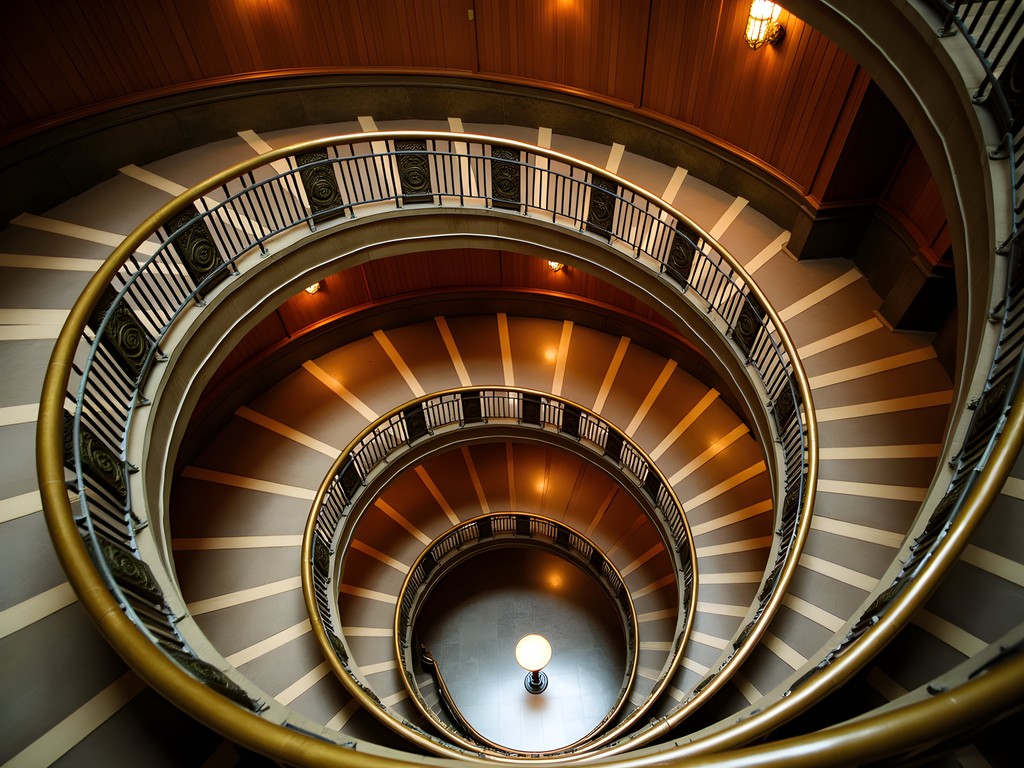
💡 Pro Tips
- Download the Historic Shanghai app which provides self-guided Art Deco walking tours with historical context
- Visit buildings early on weekday mornings when security tends to be more accommodating to architecture enthusiasts
- Bring architectural drawings or books about Shanghai's buildings—showing these to security guards or building managers often grants access to otherwise restricted areas
Final Thoughts
As my week of urban exploration in Shanghai drew to a close, I found myself already planning a return visit. This city defies simple categorization—it's a place where each layer you peel back reveals something more fascinating beneath. From architectural wonders to culinary discoveries, Shanghai rewards the curious traveler willing to venture beyond obvious attractions. The city operates as a living laboratory of China's past, present, and future—all coexisting in dynamic tension. Whether you're scaling hidden rooftops for the perfect skyline photograph, discovering underground art collectives, or simply wandering ancient longtangs at dawn, Shanghai offers adventures that will reshape your understanding of what urban exploration can be. Pack your curiosity, comfortable shoes, and a willingness to get pleasantly lost. Shanghai awaits with its contradictions, challenges, and unexpected moments of beauty that will stay with you long after you've returned home.
✨ Key Takeaways
- Shanghai rewards early risers—dawn offers the best light for photography and access to authentic local experiences like wet markets
- Connections with locals transform your experience—invest time in meeting people through social media groups, cooking classes, or specialty coffee shops
- The most memorable experiences lie in transition zones where old Shanghai meets new—seek out these architectural and cultural contrasts
- Safety concerns for solo travelers are largely unfounded—Shanghai offers remarkably secure urban exploration opportunities with basic precautions
📋 Practical Information
Best Time to Visit
September to November (fall)
Budget Estimate
$100-150 per day (mid-range)
Recommended Duration
7 days minimum
Difficulty Level
Advanced

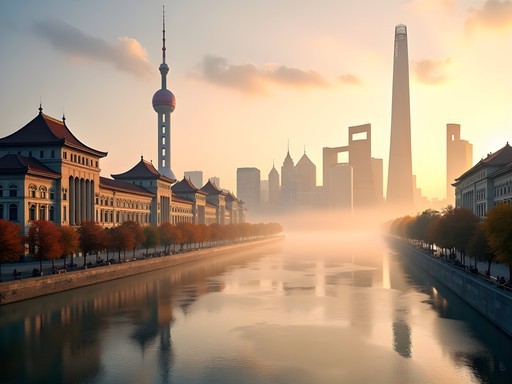
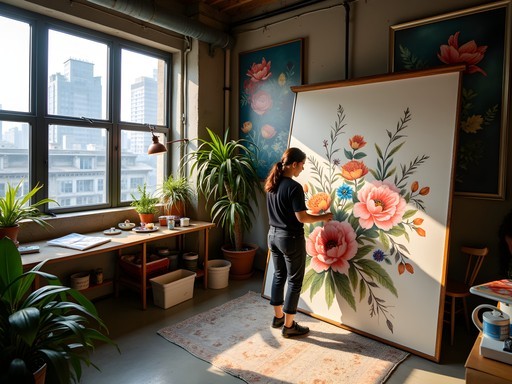
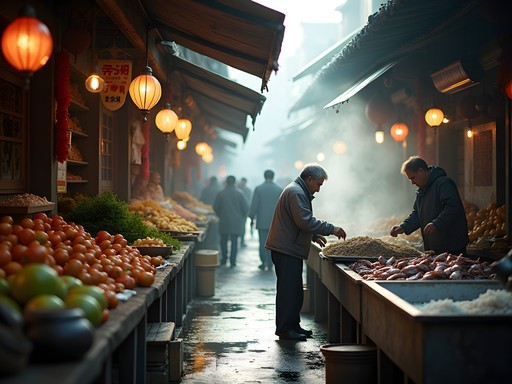
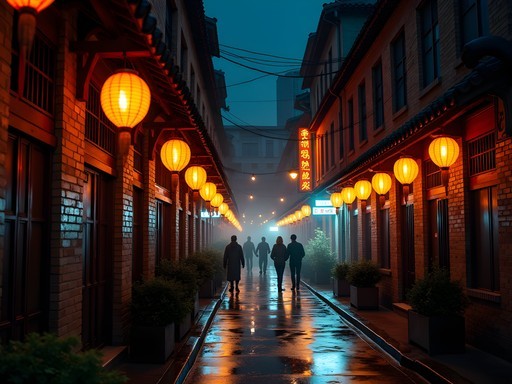



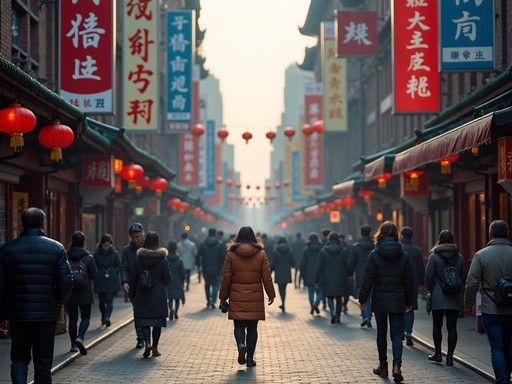
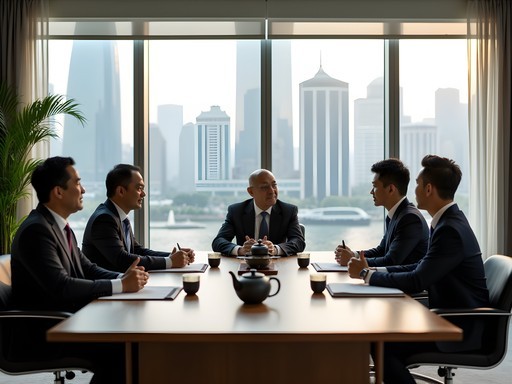


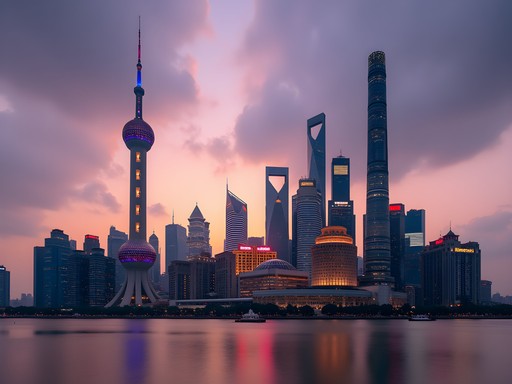
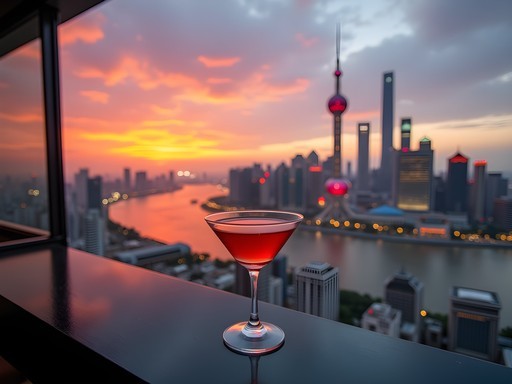
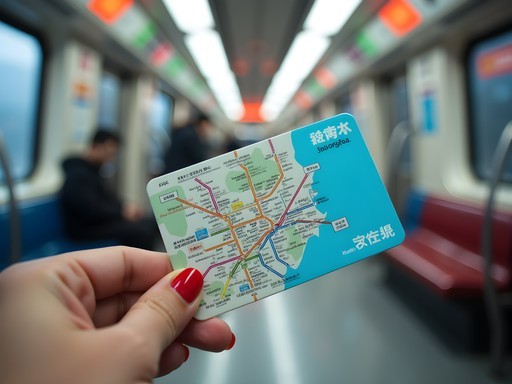

Comments
islandseeker8922
How many days would you recommend to really explore Shanghai properly? Is a week enough?
Claire Hawkins
A week is perfect! You can see the main highlights and still have time to explore some hidden gems. I'd recommend at least 5 days minimum though.
roamperson
Just booked my tickets after reading this! Can't wait!
Sophia Gomez
I've been to Shanghai four times for business in the last couple years, and this post made me realize how much I've been missing! I usually stick to the financial district and my meetings, but on my last trip I finally ventured to the underground art scene you mentioned. The M50 Creative Park was such a refreshing break from corporate meetings! One thing I'd add for business travelers - the cocktail bars in the Former French Concession are perfect for casual client meetings when you're tired of hotel lounges. I always carry my pocket translator which has been invaluable for communicating with gallery owners and getting into those hidden spots that aren't in the guidebooks. Next trip, I'm definitely checking out that speakeasy behind the vintage Coca-Cola machine!
islandseeker8922
Is that translator app really worth it? I've been using Google Translate but it's not great offline.
Sophia Gomez
It's been a game-changer for me, especially in situations where pulling out your phone constantly feels awkward. Works offline too which is huge when you're in areas with spotty WiFi!
beachtime
Love this guide! Those night photos of the Bund are stunning! 😍
Riley Griffin
Claire, your post brings back so many memories! We took our kids (12 and 14) to Shanghai last summer, and they were absolutely mesmerized by the contrast between old and new. We followed a similar route through the French Concession that you mentioned, but with teenagers in tow, we also spent an afternoon at the Shanghai Science and Technology Museum which was a huge hit. One tip for families: the metro system is incredibly efficient for getting around with kids, much better than taxis during rush hour. We found a great little breakfast spot near Jing'an Temple that served the most amazing scallion pancakes - my daughter still talks about them! Did you make it to the 1933 Slaughterhouse? That Art Deco architecture was one of our unexpected highlights.
freerider
OMG this brings back memories! I stumbled across that exact same hidden jazz bar in the French Concession last year! The cocktails were incredible and that saxophone player was AMAZING. Did you try the dumpling place around the corner? Life-changing xiaolongbao!
roamperson
Which jazz bar? Need details for my trip!
freerider
It's called JZ Club! Kind of hidden down an alley but totally worth finding. The dumpling spot is Yang's Dumplings just a 5 min walk away.
backpackace
Great post! Did you have any issues with the language barrier when exploring those underground art scenes?
skystar
This looks amazing! I'm heading to Shanghai next month for the first time. How safe is it to explore those hidden areas you mentioned after dark?
Claire Hawkins
Hey skystar! Shanghai is generally very safe, even at night. The areas I mentioned like the Former French Concession are well-lit and popular with locals too. Just use normal city precautions - stick to populated areas and you'll be fine!
freerider
I was there last year and felt super safe walking around at night. The neon lights in the city make it magical after dark!
Frank Carter
Reading your post took me back to a rainy Tuesday in Shanghai three years ago. I had ducked into a tiny teahouse in Tianzifang to escape a downpour, and ended up spending hours chatting with the owner, an elderly man who had lived through Shanghai's incredible transformation. He showed me photographs of his neighborhood from the 1980s - barely recognizable compared to today's gleaming metropolis. Your section on architectural contrasts really captures this essence of Shanghai - it's not just that old and new coexist, but that they're constantly in conversation with each other. I particularly appreciated your mention of the longtang alleyways, which are disappearing rapidly. For anyone reading this comment, I'd add that early morning (around 6-7am) is magical for exploring these areas, when locals are out doing their morning routines before the tourist crowds arrive.
smartlover5442
That early morning tip is gold! I'm definitely trying that on my next visit!
moonqueen
The night markets were my favorite part of Shanghai. So vibrant!
Venture X
Premium card with 2X miles, $300 travel credit, Priority Pass